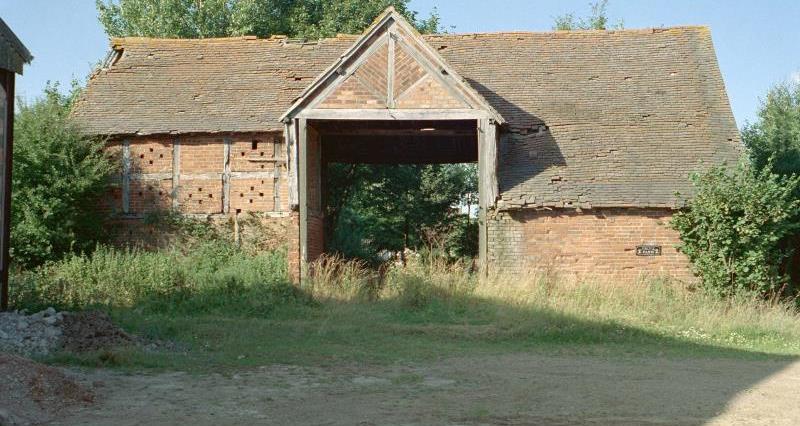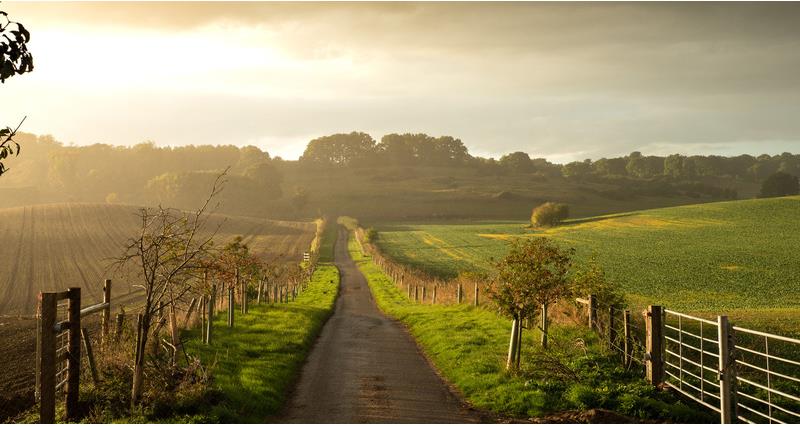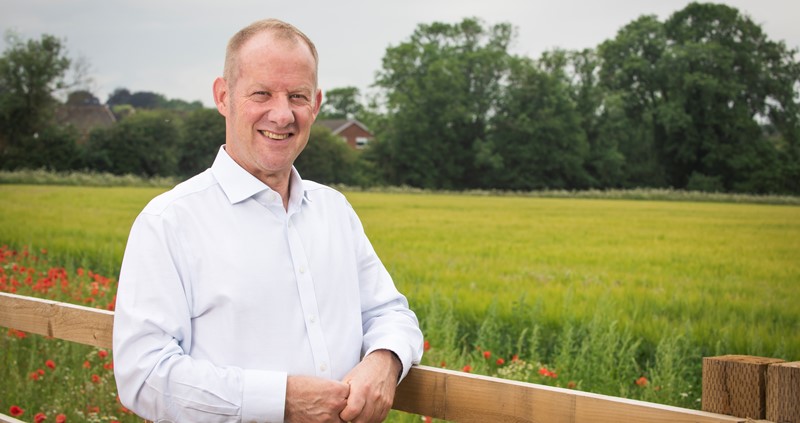A building is listed when it is of special architectural or historic interest in a national context. Listed buildings have extra legal protection within the planning system.
There are over 370,000 entries for listed buildings on the National Heritage List for England.
Many of the new permitted development rights that allow for residential and commercial use of agricultural buildings (subject to following the prior notification procedure) specifically exclude listed buildings.
How are listed buildings graded?
Buildings can be listed at Grade II, II* or I.
- Grade I buildings are of exceptional interest – only around 2.5% of listed buildings are Grade I.
- Grade II* buildings are particularly important buildings of more than special interest – around 5.8% of listed buildings are Grade II*
- Grade II buildings are of special interest – around 91.7% of all listed buildings are in this class.
Looking after listed buildings
Listed buildings can be enjoyed and used, like any other building. Listing does not prevent any change or freeze a building in time, it simply means that listed building consent must be applied for to make any changes to that building which might affect its character as a building of special interest.
Listing status covers the entire building, so works which require consent might include the replacement of windows and internal alterations, for example.
The planning system recognises that putting listed buildings and other heritage assets to a viable use is likely to lead to the investment in their maintenance necessary for their long-term conservation.
A listed building may potentially have a variety of alternative uses such as residential, commercial and leisure.
When determining applications for listed building consent, the planning authority must have special regard to the desirability of preserving the building or its setting or any features of special architectural or historic interest which it possesses. The local planning authority is also able to consider other issues, such as the building’s function or condition.
A list entry contains a description of each listed building to aid identification. However, the amount of information in the description varies depending on when it was listed. The listing covers the entire building and its curtilage; the listing is not limited to those items in the description.
It may also be necessary to apply for planning permission in addition to listed building consent to carry out works to a listed building.
Carrying out works to a listed building without listed building consent is a criminal offence.
Traditional rural buildings
Historic England’s guidance recognises that traditional farmsteads and rural buildings make an important contribution to the character of the countryside.
As a result of changes to farming practice, most traditional farm buildings are redundant for modern agricultural purposes. Without appropriate uses to fund the long-term maintenance and repair of traditional farm buildings, they will disappear from the landscape.
National and local planning policies are generally supportive of new commercial, residential or other uses that enhance the historic character and significance of traditional rural buildings.
The change of use of any traditional rural building requires planning permission, although permitted development rights do exist under certain conditions. If the adaptation involves external works, then planning permission may be required for that as well as change of use.
Issues at the design stage
There are regional variations in the function, design and materials used for farm buildings. However, there are a number of issues common to adapting most farm buildings to be addressed at the design stage.
These include:
- Respecting the architectural and historic interest of the building.
- Achieving high standards of design, repair and craftsmanship.
- Minimising alterations and loss to significant historic fabric.
- Retaining distinctive features.
- How to introduce daylight
- Considering levels of subdivision
- How to incorporate services and insulation
- The necessity for extensions or new buildings
- The reuse or retention of minor outbuildings
- The retention or enhancement of wildlife habitats e.g. bats and birds
A planning consultant can advise on all the above issues.
Planning consultants will have access to a wide range of reliable professionals to assist with issues such as heritage, ecology and architecture that arise when bringing forward proposals to re-use listed buildings.
A planning consultant manages an application through to determination, monitoring the progress of applications to ensure decisions are made in a timely manner. Planning consultants liaise with planning officers, consultees and other relevant stakeholders involved in the planning process to ensure the efficient consideration of a planning application.
Contact CT Planning
If you are contemplating how you may re-use a listed building and think you may need the services of a planning consultant, then consider approaching the NFU’s planning consultants CT Planning on: 01543 418779 or email: apps@ctplanning.co.uk.



